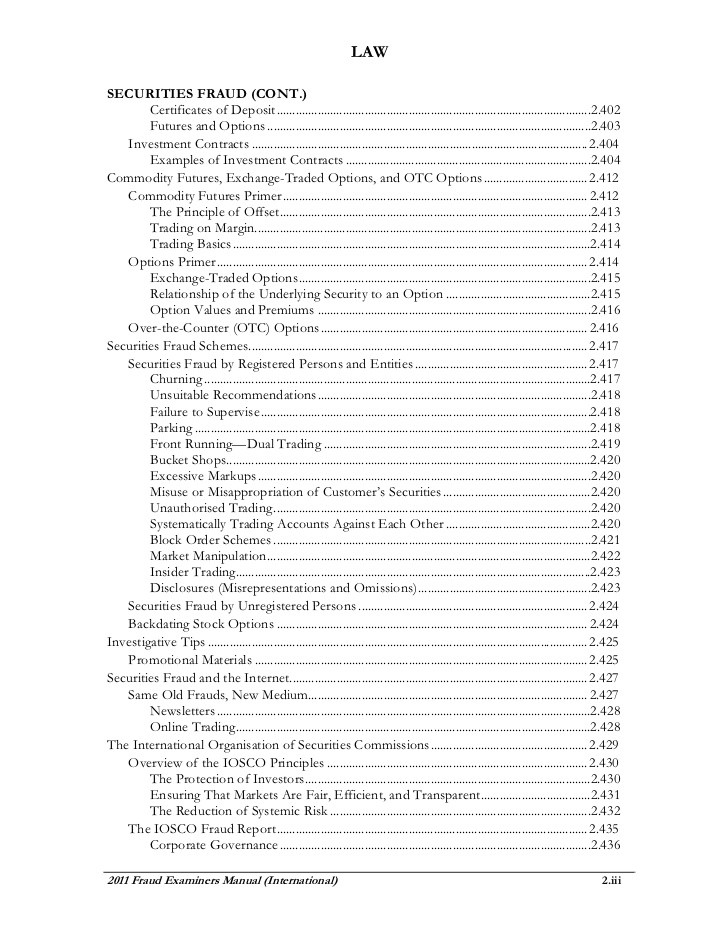An Introduction to ExchangeTraded Funds and Mutual Funds For Dummies
Post on: 6 Июнь, 2015 No Comment

For many folks and for many years, the only choice besides investing directly in stocks was to invest indirectly through mutual funds. Now, with the advent of ETFs, investors have greater choices than ever.
The differences
Simply stated, in a mutual fund, securities such as stocks and bonds are constantly bought, sold, and held (in other words, the fund is actively managed ). An ETF holds similar securities, but the portfolio typically isnt actively managed.
Instead, an ETF usually holds a fixed basket of securities that may reflect an index or a particular industry or sector. (An index is a method of measuring the value of a segment of the general stock market. Its a tool used by money managers and investors to compare the performance of a particular stock to a widely accepted standard.)
Where ETFs are markedly different from mutual funds (and where theyre advantageous) is that they can be bought and sold like stocks. In addition, you can do with ETFs what you can generally do with stocks (but cant usually do with mutual funds): You can buy in share allotments, such as 1, 50, or 100 shares more.
Mutual funds, on the other hand, are usually bought in dollar amounts, such as 1,000 or 5,000 dollars worth. The dollar amount you can initially invest is set by the manager of the individual mutual fund.
Here are some other advantages: You can put various buy/sell brokerage orders on ETFs, and many ETFs are optionable (meaning you may be able to buy/sell put and call options on them). Mutual funds typically arent.
In addition, many ETFs are marginable (meaning that you can borrow against them with some limitations in your brokerage account). Mutual funds usually arent marginable (although it is possible if theyre within the confines of a stock brokerage account).
Sometimes an investor can readily see the great potential of a given industry or sector but is hard-pressed to get that single really good stock that can take advantage of the profit possibilities of that particular segment of the market. With an ETF, you can make that investment very easily, knowing that if youre unsure about it, you can put in place strategies that protect you from the downside.
The similarities
Even though ETFs and mutual funds have some major differences, they do share a few similarities:
ETFs and mutual funds (MFs) are similar in that they arent direct investments; theyre “conduits” of investing, which means that they act like a connection between the investor and the investments.
Both ETFs and MFs basically pool the money of investors and the pool becomes the “fund,” which in turn invests in a portfolio of investments.
Both ETFs and MFs offer the great advantage of diversification (although they accomplish it in different ways).
Investors dont have any choice about what makes up the portfolio of either the ETF or the MF. The ETF has a fixed basket of securities (the money manager overseeing the portfolio makes those choices) and, of course, investors cant control the choices made in a mutual fund.
For those investors who want more active assistance in making choices and running a portfolio, the MF may very well be the way to go. For those who are more comfortable making their own choices in terms of the particular index or industry/sector they want to invest in, the ETF may be a better venue.
- Add a Comment Print Share














